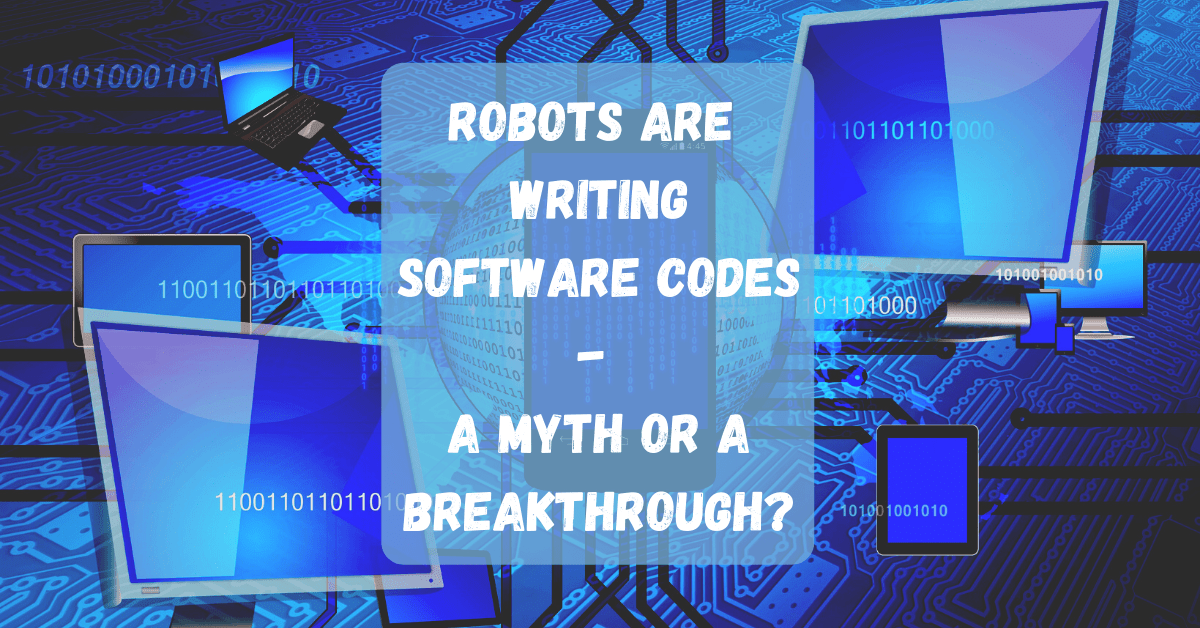Where do we stand today?
We are now on the cusp of an equally important new technological change: the Robotic Revolution. This revolution will place a critical historical position in the 21st century. Increasingly complex machines may spread throughout our world, but for robots to be beneficial, they must become more self-sufficient. More importantly, it will irreversibly affect the lives of all of us and the lives of future generations.
Background
In the 19th century, they marked the acceleration and widespread adoption of industrial processes. At the turn of the century, the Industrial Revolution was in mid-swing. By the end of the year, we had developed cars and were about to demonstrate powered flight. The impact of this revolution on human life has been enormous. New fields such as electronics, telecommunications, automation, and computing are the driving forces, not the mechanical systems of the last century. In the early 1900s, there were almost no phones, but mobile phones had become a norm at the turn of the millennium.
Robots
Robots are machines whose primary function is to perform one or more tasks. There are different types of robots. Some are androids with a human-like construction, while some are industrial robots that a human operator remotely controls. But we will be talking about autonomous robots that have their brains (computers) and learn from the environment and experience. Later, based on that knowledge, these robots can make connections that help them understand what task to do next and how to complete it. The Programmers now focus on Robots or AI and are trying to make it proficient to write code in reality, just as efficiently as or more efficiently than human beings. The question arises: Can they compete with humans regarding software codes?
Can Robots write software?
There have been breakthroughs in AI technology that writes software codes. Learning to code is a tedious and time-consuming procedure where you must know everything from structure to libraries and whatnot. However, those days will soon be gone when AI learns to code not only simple programs but also very complex programs by itself and, after that, be embedded in a physical robot. The main element of any AI is neural networks, which serve as the primary reason, just like our brain, to explain why it can learn from its experiences and environment.
1. Bayou
Computer scientists have created an AI called Bayou that can write its software code, reports Futurity. Though there have been attempts in the past at starting software that can write its code, programmers generally needed to write as much or more code to tell the program what kind of applications they want it to code as they would write if they just coded the app itself. That has all changed with Bayou.
The Robot studies all the code posted on GitHub and uses that to write its code. It is using a process called neural sketch learning. The Robot reads all the code and then associates an “intent” behind each. When a human asks Bayou to create an app, Bayou associates the intent it learned from codes on Github to the user’s request and begins writing the app it thinks the user wants.
2. Sophia
In recent years, we have seen an AI robot that could beat a human in table tennis (The Omron Forpheus). Sophia, programmed on an android, acts very similar to humans. Likewise, we can also see the development of some AI robots for coding in a high-level language.
3. Deep Coder
Microsoft and the University of Cambridge computer scientists developed the Deep Coder. This breakthrough is a significant success, but it can only produce about five lines of code and not more than that. Although it can learn as an AI, it generates the code without prior coding knowledge.
Other developments in Robots Software
It is not a myth, as there have been significant developments in AI and some in software coding. For example, Solar-Lezama and Josh Tenenbaum, a professor at CSAIL and MIT’s Center for Brains, Minds, and Machines, developed SketchAdapt, program-writing AI. It can write small, high-level programs. A program is high-level when coding is in any high-level language, such as Python or C++. The mentioned languages are very programmer-friendly and easy to read and write, but the only drawback is that they are not memory efficient. Moreover, an interpreter or a compiler is needed, as it only understands the machine language.
Conclusion
It would not be wrong to believe that technology has progressed for ages. It found improvement through inventions, innovations, compatibility, complexity, diffusion, and technological progress. At the start of the 20th century, Robots were more of a dream than a reality. No one could believe that our lives would depend on robots. Robots became more efficient in the 21st century when they started developing software. Robots building software codes are not the talk of the future anymore. The AIs mentioned above convert into a robot by embedding them into hardware. The future of technology has become unpredictable. We cannot predict what is going to happen in the next decade. However, the hopes remain high.




